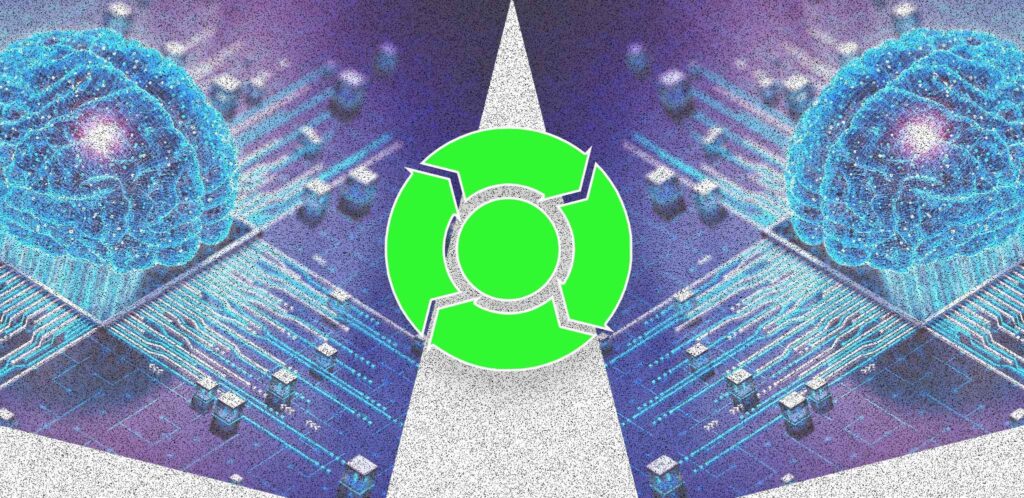
Table of Contents
Introduction
AI Ethics Framework is more than a buzzword—it’s a critical tool for guiding how we build, deploy, and govern artificial intelligence systems. In a world where AI influences decisions in healthcare, finance, policing, hiring, and more, having a strong AI Ethics Framework ensures that innovation doesn’t come at the cost of fairness, privacy, or human dignity. In this post, you will discover 7 proven principles you can adopt today, real-world examples, and how to operationalize your own AI ethics framework.
Why You Need an AI Ethics Framework
As AI permeates every aspect of our lives, issues like bias, opacity, and surveillance loom large. Some high-profile failures—biased hiring algorithms, facial recognition misidentifications, inappropriate content moderation—demonstrate how things go wrong without ethical guardrails. An AI Ethics Framework:
- Sets clear values and guardrails
- Helps teams discuss tradeoffs early
- Facilitates compliance with emerging regulations
- Builds trust with users and stakeholders
Without a robust AI Ethics Framework, you risk reputational damage, legal exposure, and technology that harms those it was meant to serve.
7 Proven Principles of an AI Ethics Framework
Below are seven core principles that many modern AI Ethics Frameworks integrate. You should adapt them to your domain, jurisdiction, and mission.
| Principle | Description | Example / Consideration |
|---|---|---|
| Fairness & Non-Discrimination | AI systems should avoid unjust bias or disparate impact. | Audit datasets for demographic imbalance, test models across groups. |
| Transparency & Explainability | Users/stakeholders should understand how decisions are made. | Provide explanations or confidence scores with automated decisions. |
| Accountability & Governance | There should be human or institutional oversight and mechanisms for redress. | Logging model decisions, review boards, appeal process. |
| Privacy & Data Protection | Personal data must be handled securely and with consent. | Use differential privacy, anonymization, clear consent channels. |
| Safety & Robustness | Systems must be resilient against attacks, errors, and adversarial inputs. | Adversarial testing, fallback procedures, continuous monitoring. |
| Human Well-Being & Autonomy | AI should augment human capabilities rather than replace or coerce. | Design systems that allow user override, promote human decision control. |
| Societal & Environmental Impact | Consider broader consequences—social, economic, environmental. | Assess carbon footprint of training models; foresee job shifts. |
You’ll notice AI Ethics Framework is at the heart of each principle, shaping how you interpret and apply them.
How to Build and Operationalize Your AI Ethics Framework
Kickoff: Stakeholder & Value Discovery
Begin by identifying your organization’s core values and the stakeholders you impact—users, employees, regulators, communities. Conduct workshops to elicit values like fairness, transparency, trust. Use these values as the backbone of your AI Ethics Framework.
Translate Principles into Policies & Standards
Take each principle from above and convert it into concrete policies, checklists, or standards. For example:
- Transparency & Explainability → “All classification outputs shall include top 3 contributing features.”
- Privacy & Data Protection → “Data must be hashed and stored with access controls; retention limited to 12 months.”
These policies become part of your AI Ethics Framework’s documentation.
Integrate Ethics Checks into the AI Lifecycle
Embed ethics review gates at key phases:
- Design phase: Ethical risk assessment
- Data procurement: Bias audits, privacy impact assessments
- Training & validation: Fairness testing, robustness tests
- Deployment & monitoring: Drift detection, post-hoc audits
- Feedback & remediation: Channels for complaints, rollback mechanisms
By weaving the AI EF into your pipeline, it becomes actionable—not just aspirational.
Tooling & Automation
Use tools and frameworks to support your ethics work:
- Open source fairness libraries (e.g. AIF360, Fairlearn)
- Explainability tools (LIME, SHAP, InterpretML)
- Monitoring platforms for drift, bias, anomalies
- Logging & audit trails
These tools help you scale your AI EF operationally.
Governance & Accountability Structures
Set up oversight:
- Ethics committee or review board
- Roles such as “AI ethics officer” or “bias auditor”
- Clear escalation paths
- Regular audits & external reviews
Your Framework must be backed by real power and responsibility.
Training & Cultural Embedding
Ethics is not just a checklist. To make your AI Ethics Framework real:
- Train engineers, data scientists, product teams
- Case studies, role play, “ethics hackathons”
- Embed values into performance reviews
- Celebrate “ethics wins” in your org
Monitoring, Auditing & Iteration
Once systems are live, continually monitor:
- Model drift, bias changes, fairness metrics
- User feedback and complaints
- New threats or attack vectors
- Evolving regulations or norms
Then refine your AI Ethics Framework and its policies over time.
Real World Examples of AI Ethics Frameworks
- Google’s AI Principles (e.g. “Be socially beneficial,” “Avoid bias”)
- Microsoft’s Responsible AI Strategic Framework
- IBM AI Fairness 360 project
These are well-documented frameworks that echo many of the items above, but adapted to large, global scale.
Common Challenges and How to Overcome Them
Balancing Performance vs Fairness
Sometimes improving fairness may slightly reduce accuracy. You must make tradeoffs. In your AI Ethics Framework, define acceptable limits or thresholds in advance.
Vague or High-Level Principles
A principle like “be fair” is too abstract. Your AI Ethics Framework should transform high-level ideals into measurable metrics, e.g. “Demographic parity difference ≤ 0.05.”
Organizational Resistance
Teams may see ethics as a blocker. Mitigate by embedding ethics early, building lightweight tools, and showing ROI—less rework, fewer issues, stronger trust.
Evolving Norms & Regulations
Regulations around AI ethics are shifting rapidly (e.g. EU AI Act). Your AI Ethics Framework must include a review mechanism to stay up to date.
Tips for Writing Your Own AI Ethics Framework (Quick Checklist)
- List your core values
- Choose & adapt principles (from above table)
- Create policy checklists per principle
- Embed ethics gates in your AI lifecycle
- Choose tools and automations
- Launch governance & oversight
- Train your team
- Monitor, audit, iterate
Ready to Build Your Business Website? Let’s Work Together!
Building a website for your business is a crucial step towards success, and having the right expertise can make all the difference. If you’re ready to create a professional, high-performing website that meets your business needs, I’m here to help. With years of experience in web development, specializing in platforms like Magento, WordPress, Joomla and Laravel, I can bring your vision to life.
Hire me on Upwork or feel free to contact me directly to discuss your project. Let’s make your business stand out online!
FAQs
Is AI Ethics Framework just for big companies?
No — even startups and small teams benefit. Starting early helps avoid mistakes and builds credibility.
How many principles should a framework have?
Aim for 5–10 principles. Too few risks oversimplification; too many becomes unwieldy.
Can ethics be automated?
Not entirely. Tools assist, but human judgment, governance, and oversight remain essential in your AI Ethics Framework.
How do you measure success of an AI Ethics Framework?
Use metrics like fairness gaps, number of flagged issues, remediation rates, stakeholder satisfaction, reduced complaints.
Conclusion
Creating an AI Ethics Framework isn’t optional—it’s central to building AI that people trust and societies accept. By honoring principles like fairness, transparency, accountability, and robustness, and by operationalizing them across design, data, deployment, and oversight, you can turn ethics from theory into practice.
If you begin with the seven proven principles above and adapt them into your policies, tools, governance, and culture, you will be well on your way to a responsible, future-proof AI practice.
